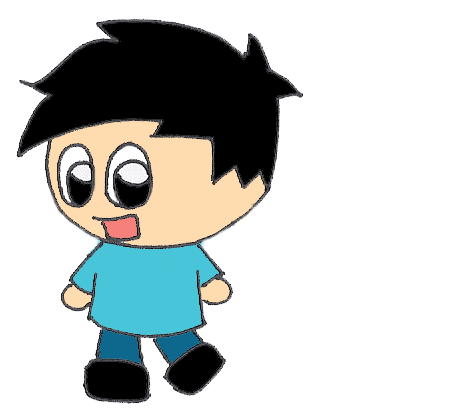Computer are tools used to process the data according to procedures that have been formulated.Broadly,the computer can be defined as an electronic device that consists of several components.The basic computer component are included:Screen Monitor,Central Processor Unit(CPU),Keyboard and Mouse.Today,computers are becoming more sophisticated.However before,the computer is nit as small,sophisticated and light as now.In the history of computer,there are 5 generations of computer history.
First Generation
(1940-1956)
Vacuum Tubes
The first computers used vacuum tubes for circuitry and magnetic drums for memory,and were often enormous,taking up entire rooms.They were very expensive to operate and using a big amount of electricity,generated alot of heat,which was often the cause of malfunctions,.
First generation computers relied on machine langguage,the lowest-level programming language understood by computer,to perform operations,and they could only solve one problem at a time.Input was based on punched cards and paper tape,and output was displayed on printouts.The UNIVAC and ENIAC computers are examples of first-generation computing devices.The UNIVAC was the first commercial computer delivered to a business client,the U.S. Census Bureau in 1951.
1.0 Vacuum tubes
1.1 example ENIAC computer
1.2 women that use ENIAC computer
Second Generation
(1956-1963)
Transistor
Transistor replaced vacuum tubes and ushered in the second generation of computers.The transistor was invented in 1947 but did not see widespread use in computer until the late 1950s.The transistor allow computer to become smaller,faster,cheaper,more energy-efficient and more reliable than thier first-generation computer.Second-generation computers still relied on punched cards for input and printout for output.
Second-generation computers moved from cryptic binary machine language to simbolic,or assembly,language,which allowed programmers to specify intruction in words.High-level programming languages were also being developed at this time,such as early versions of COBOL and FORTRAN.
2.0 computer transistor
2.1 Men that use computer 2nd generation
2.1 Generation 2










No comments:
Post a Comment